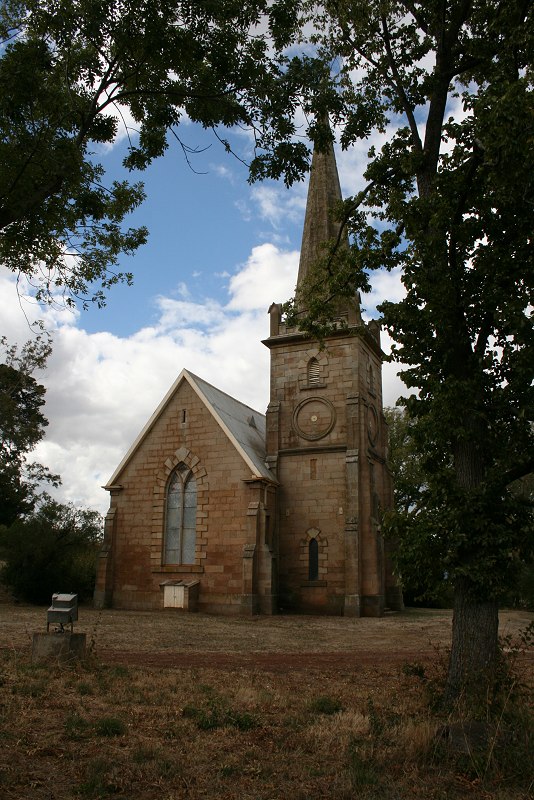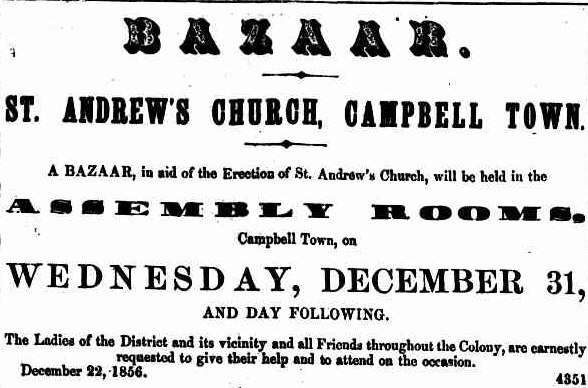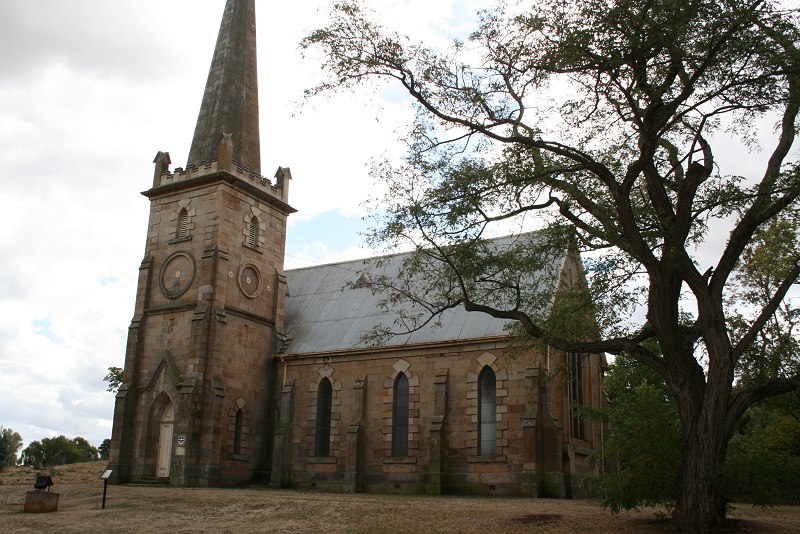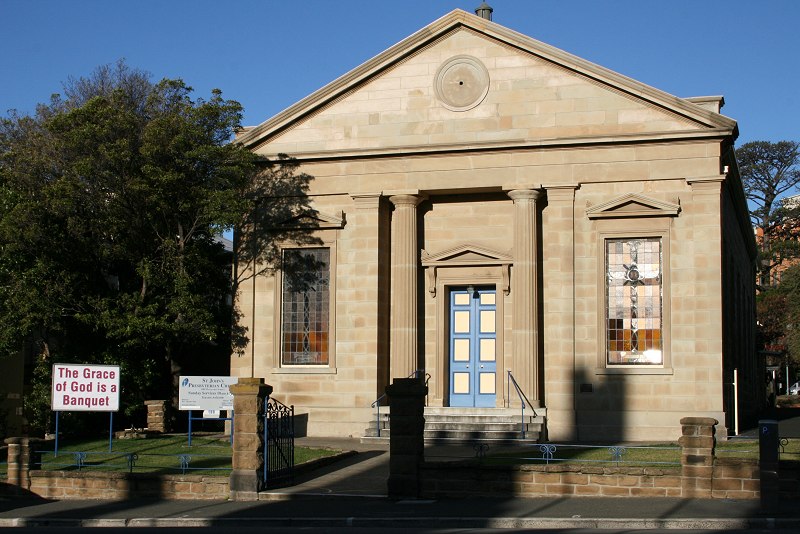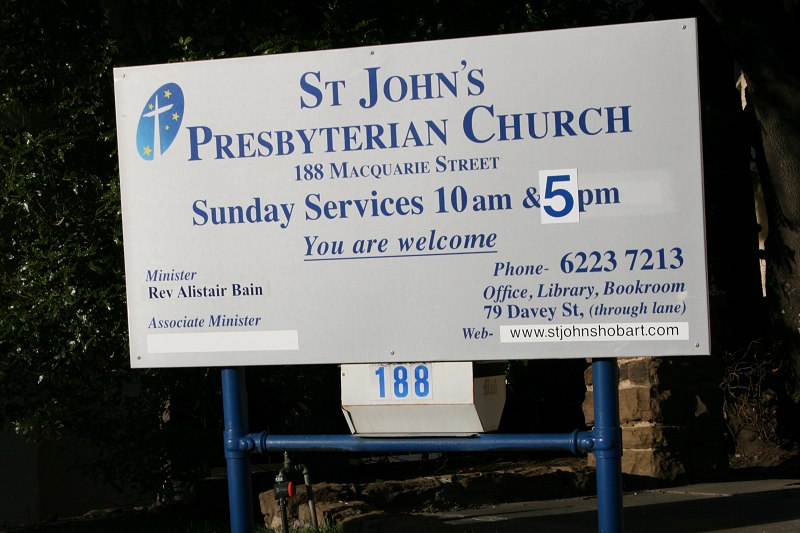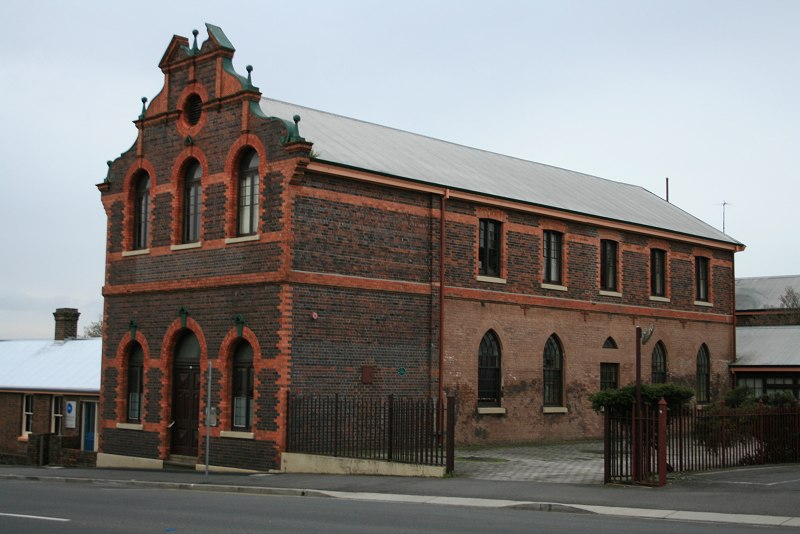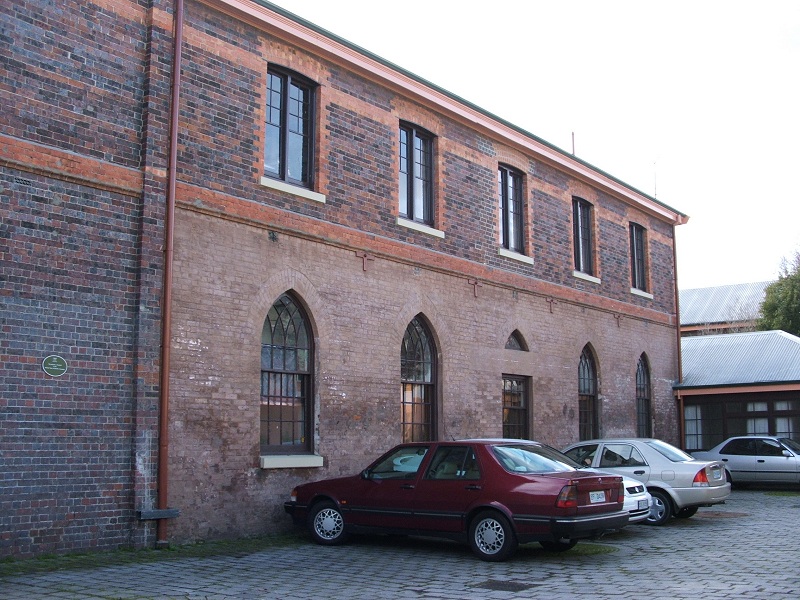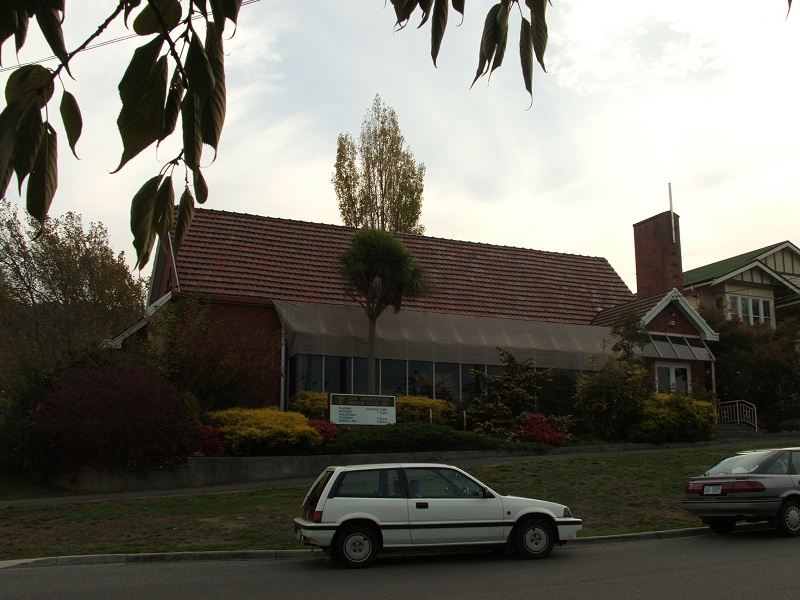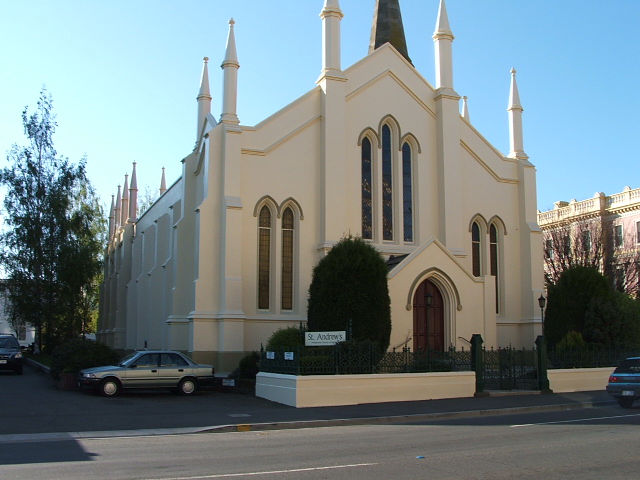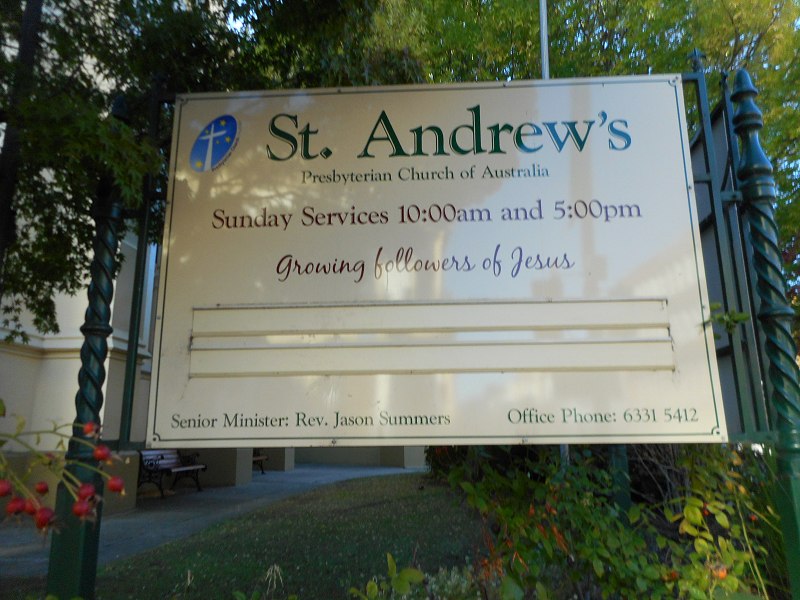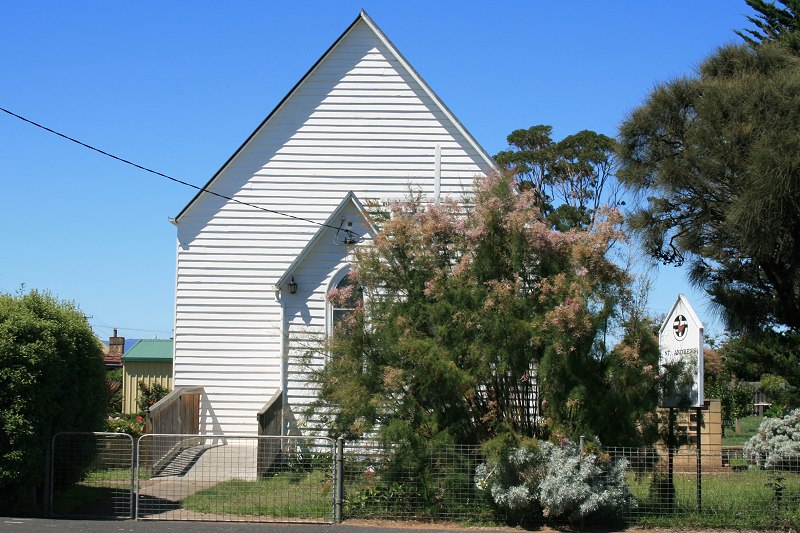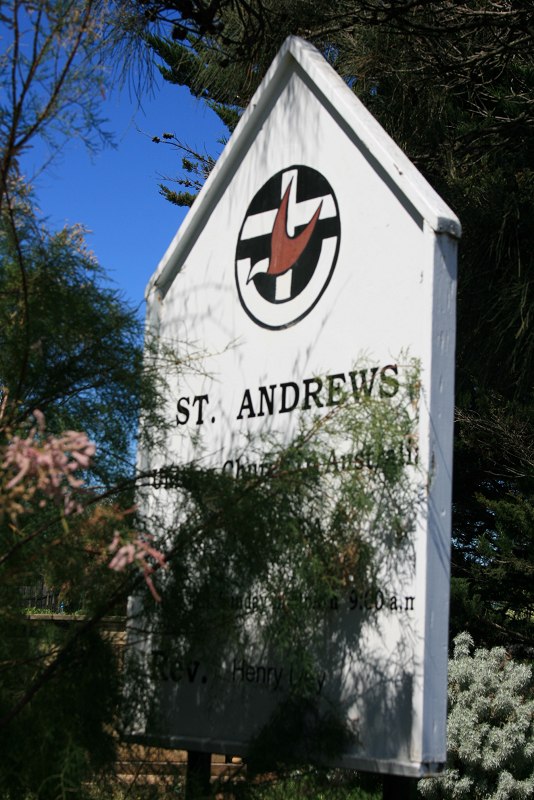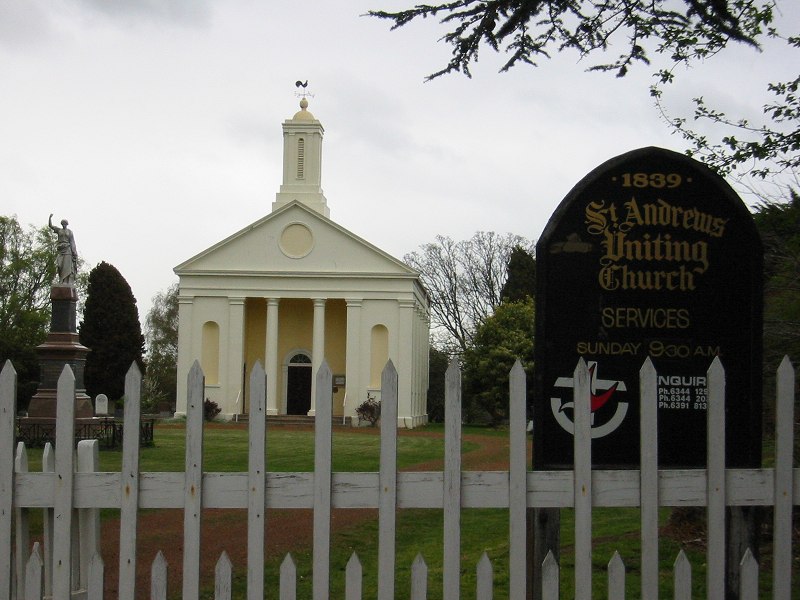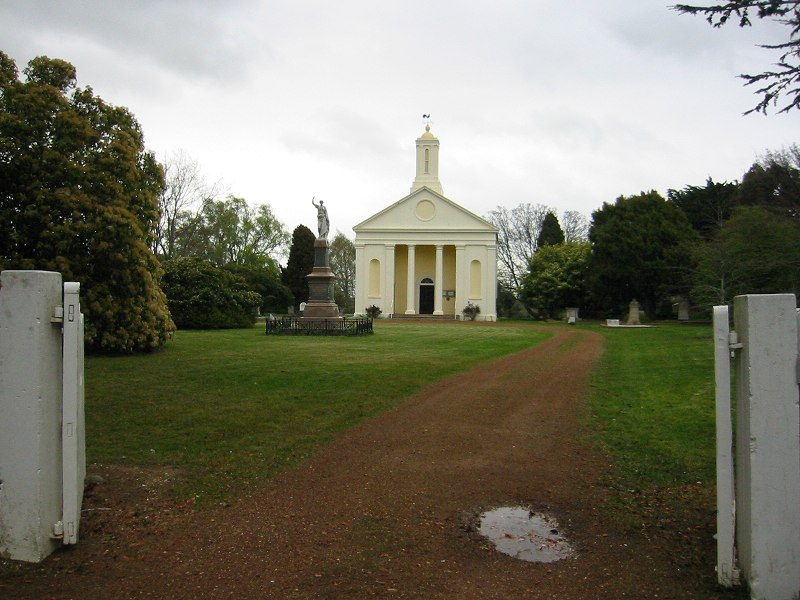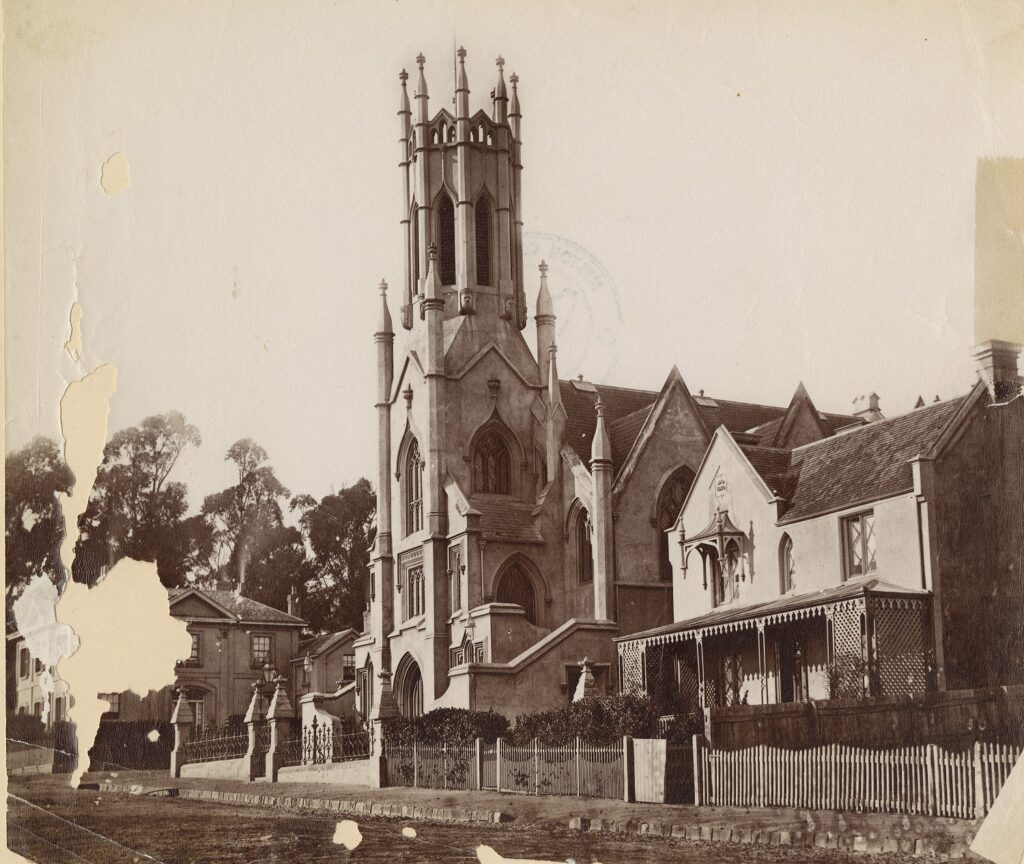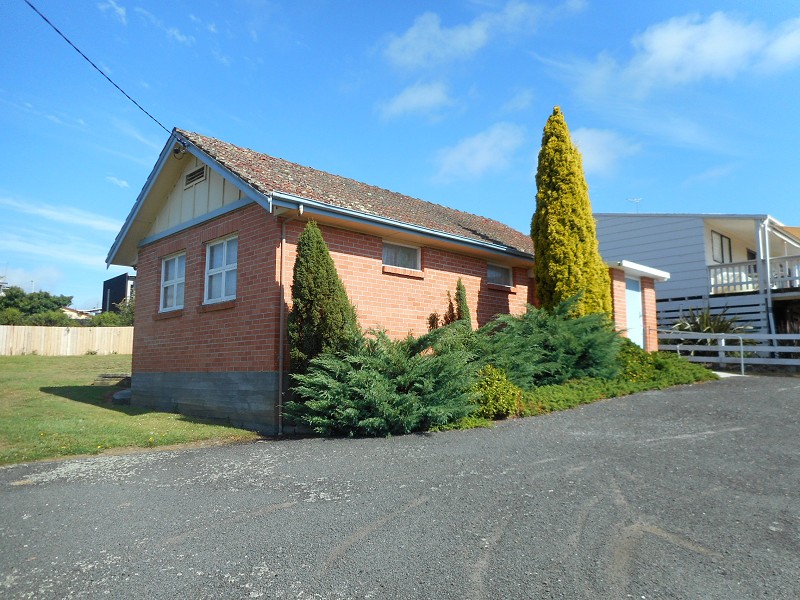Opened 30 May 1858.
Information on organ.
Sold 2014.
Category Archives: Church: Presbyterian
St John’s Presbyterian Church, Hobart
Scottish National Church, Launceston
Lower Charles St, Launceston. Google Maps.
Opened 1833, as a single storey brick building. When the congregation moved to a newer, larger kirk in Paterson St, the building was sold and has seen various uses including as stores, a printery and offices. It was during this later period that it gained the second storey and new front part.
St Stephen’s Presbyterian Church, South Launceston
Located at 22 Glen Dhu St. Currently home to the Launceston Bridge Club.
From the leaflet Launceston Churches of the 20th Century produced by the Launceston Historical Society, the church opened 25 October 1958 for use by the congregation that previously met in St Stephen’s in Wilson. It closed 1985, and at the time the leaflet was produced (1996) was being used by the Assembly Of God.
St Andrew’s Presbyterian Church, Launceston
Opened 1850, to replace the Scottish National Church in lower Charles St.
SCOTCH CHURCH.
THE FOUNDATION STONE of the Launceston “St. Andrew’s” has been laid : the work is in rapid progress, and at no remote day will be opened for the celebration of divine service. The presbyterians of this town were too long content with a place of worship inferior in every respect to that of any other denomination. But they awakened from their lethargy, and now aspire to occupy a public building which will be the most conspicuous ornament in the north. The munificence of some of the subscribers merits praise : they have come foward in a spirit of liberality which reflects honor on the profession they make. But the sum to be expended far exceeds the amount guaranteed; and although the building committee have faith in the result, we should be gratified to see them relieved from a responsibility too onerous for individuals to discharge. Let every presbyterian, how ever humble, put the question to himself: what more can I afford for the cost of this fabric ? and especially let the prosperous in that communion, both in Launceston and elsewhere; consider seriously what they can spare for the work. The building in which service is now conducted, with the land attached, would sell for a considerable sum, and should its alienation be necessary, we trust the lieutenant-governor will not refuse his assent. We hope this will be conceded, and that the presbyterians will be left at liberty to dispose of their abandoned place worship, and to apply the proceeds in liquidation of the debt, which after all their exertions must be incurred for the new and beautiful edifice.
Launceston Examiner, 27 October 1849
Continue reading
St Andrew’s Presbyterian/Uniting Church, Swansea
St Andrew’s Presbyterian/Uniting Church, Evandale
(former) Chalmers Church, Launcestom
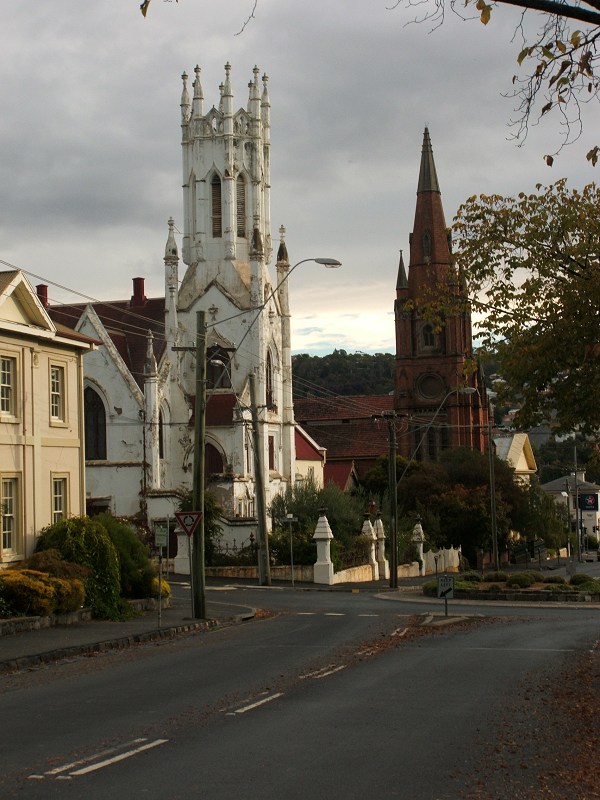
Constructed in 1859 as the Free Church of Scotland, later Presbyterian.
In the 1970s, the congregation that used Chalmers Church became part of the Uniting Church, and a few years later, moved to Pilgrim Church in Paterson Street. The church was de-consecrated in 1981. A short history on the Pilgrim Church website has this background to the construction of Chalmers:
While the other denominations were busy, so too was a band of Presbyterians. In 1840 – 1850, they worked together to form the Van Diemen’s Land Free Church of Scotland. On 11th May, 1844, the Launceston group formed “The Launceston Free Church Association” for the purpose of supporting those ministers in Scotland who had chosen to secede to the Free Church rather than remain with the established Church of Scotland and submit to the dictates of parliament. They hired a room belonging to a Mr. Bell and began a Sabbath School, conducting a Divine Service when a minister was available. An appeal was made to the Assembly of the Free Church for a permanent minister and the Rev. James Lindsay was appointed on 7th December, 1850. A move was then made to Wycliffe Chapel, York Street and the Temperance Hall. On January 19th, 1859, a special service was conducted in the Wycliffe/Baptist Chapel, followed by a procession to the site of the proposed Presbyterian Church and the foundation stone was laid. Twelve months later, 15th January 1860, Chalmers Church was opened. It was named after Dr. Thomas Chalmers who in 1859 took a strong stand on Assembly’s declaration “… that the Church should not submit.”
